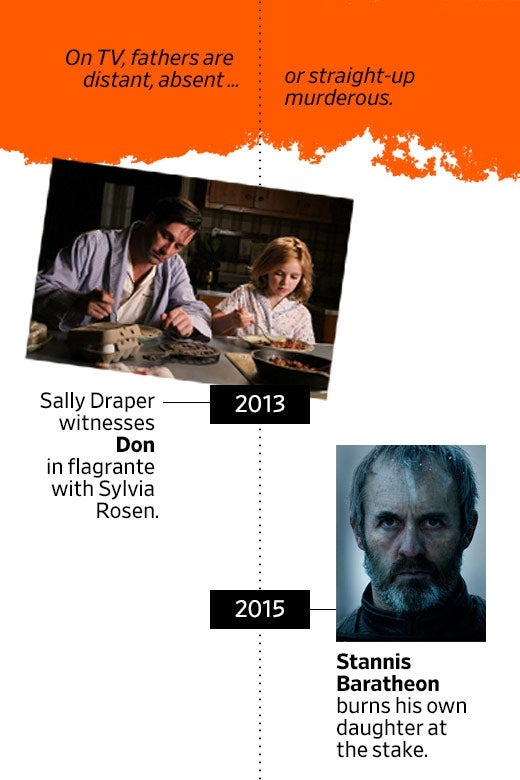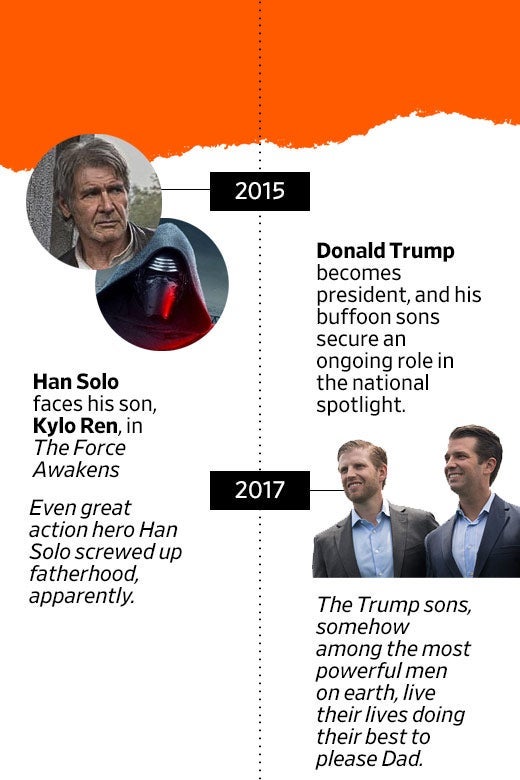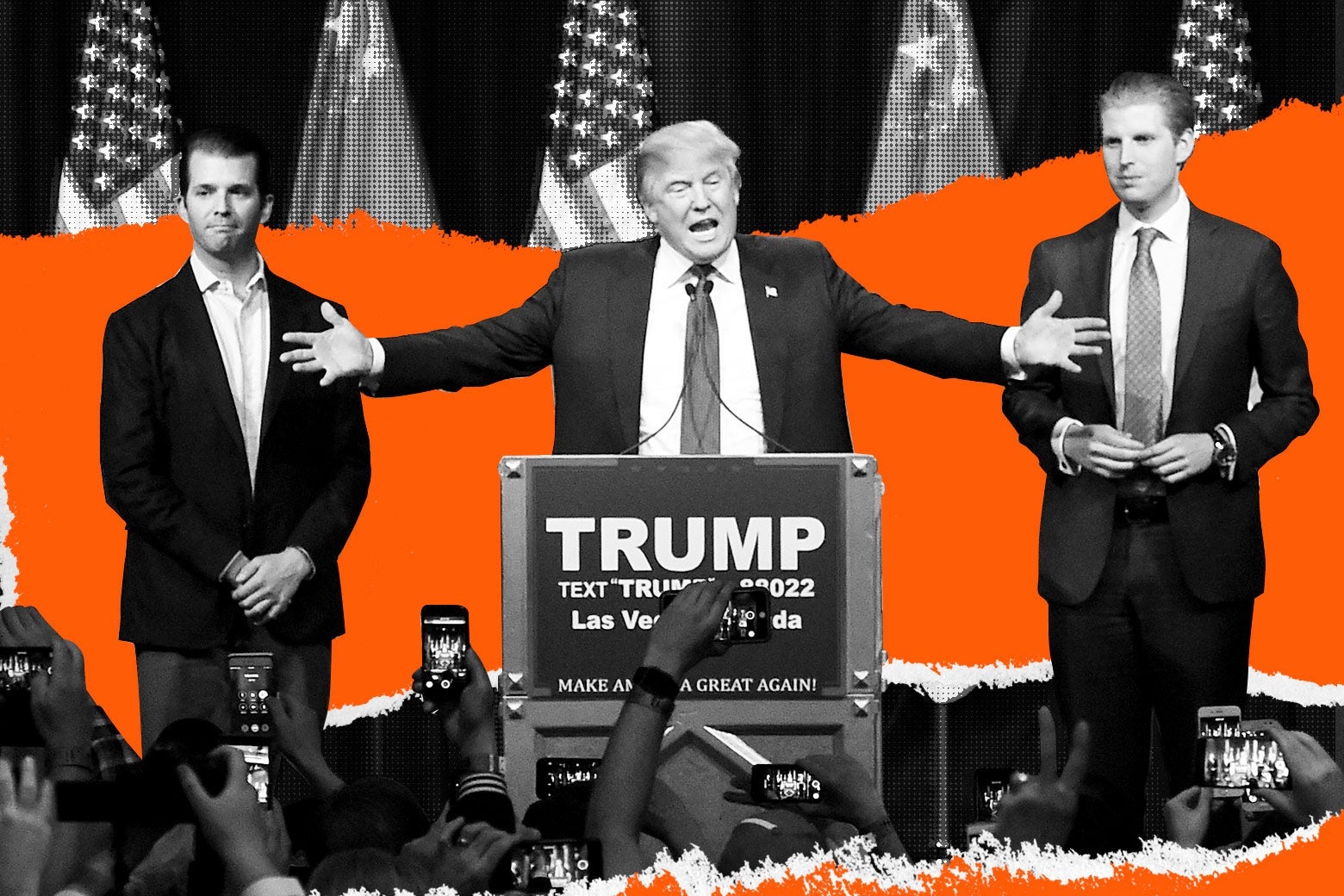Read the rest of Slate’s coverage of the end of the decade.
At the beginning of the decade, Denis Johnson published a slim novella called Train Dreams. The book, which is in my opinion the best of the past 10 years, tells the story of a laborer’s life in the far northwest in the first half of the 20th century. In the book, Johnson gives us a brief portrait of the domestic life of Robert Grainier, his wife, Gladys, and their daughter, Kate, as Grainer brings home a bottle of sarsaparilla tonic for his wife, who’s fighting a cold. “She could easily have braved it and done her washing and cut up potatoes and trout for supper,” Johnson wrote, “but it was their custom to let her lie up with a bottle or two of the sweet-tasting Hood’s tonic when her head ached and her nose stopped, and get a holiday from such chores.”
Three years later Grainier returns home to Idaho from a railroad job to find the valley where he lives has been scoured by wildfire so fast-moving that none who tried to outrun it survived. Gladys and Kate are nowhere to be seen. When I first read Train Dreams, I was Robert Grainier’s age, and my younger daughter was the age of little Kate, and I feared all the time for the survival of her and her sister. It still seemed impossible to me that these two lives had been placed in my hands, and having just escaped the sleeplessness and chaos of the infant years, I didn’t yet know how to talk about that fear or the role I was meant to play in their lives.

Over the next 10 years, I slowly learned what kind of dad I am. I did that in a decade in which I struggled to see myself in the culture, where dads were monsters, or burdens, or jokes. I did it in a decade in which many dads started to understand the privilege long inherent in dad-dom, and in which many of us strove to rethink that role. And in a decade in which the filial bond curdled in the cultural imagination from the conveyance of tradition to the transmission of wealth and hate from generation to generation. So alongside all of this, I—and many other dads I knew—worked to rethink what it was a dad could be.
In movies, dads were challenges, their legacies albatrosses around their children’s necks. Tony Stark and his father issues bookended the decade, with 2010’s Iron Man 2 revealing Howard Stark’s role in forming S.H.I.E.L.D. while 2019’s Avengers: Endgame actually sent Tony back in time to shake the old man’s hand. (In between, Thor mourned his flawed father, and Peter Quill straight-up killed his.) Will Ferrell’s dad character turned out, to his shock, to be the villain of The Lego Movie; Han Solo, to his shock, watched his son become the villain of a new Star Wars trilogy.

On TV, kids were lucky if their parents were simply emotionally absent Don Drapers. If you had a dad on Game of Thrones, the state of your filial relations ranged from “he burned me at the stake” to “I shot him with a crossbow while he was taking a dump.” Even in the art-house world, dads were missing (Roma, Moonlight, Winter’s Bone), ailing (Beasts of the Southern Wild, Nebraska), or struggling with their own problems (Boyhood, Call Me by Your Name). In this year’s cinch Best Picture nominee The Irishman, Robert De Niro plays a dad so bad Martin Scorsese had to hire an Oscar-winning actress as his grown daughter, just to stare accusingly at him.
The last gasps of the patriarchy found their way into dad culture in odd and appalling ways. Think of T.I., claiming he had a doctor check his daughter’s virginity. Or the T-shirts, popular mid-decade, that advertise 10 RULES FOR DATING MY DAUGHTER: “Whatever you do to her, I do to you,” the shirt says, confusingly. (Similarly performative but well-meaning corrective shirts for “feminist dads” also made an appearance, their “rules” like doggerel verse: “I don’t make the rules/ You don’t make the rules/ She makes the rules/ Her body, her rules.”) Yet the archetypal vigilant father could feel not oppressive but inspirational when he balanced shelter and independence just right; witness Beyoncé’s father, who held her in his arms but also made a soldier out of her. Chopped and screwed by the internet, the protective dad of yore became nearly cuddly:

For a brief period the aggregatory-industrial complex tried to convince us that someone, somewhere, thought “dadbod” was sexy. Some dads truly are sexy: Your mustachioed father in old photographs posted on Father’s Day, for example, or this dad pursuing a modeling career who’s never been happier. But dadbod? Dadbod isn’t about being sexy, really. I prefer to think of dadbod as a comforting if heteronormative reminder that men can be nurturing too, in their way, as human pillows. Just don’t claim dadbod if you’re, say, a doughy college student. Dadbod is for the dads.
And while dads might not generally be sexy, daddies certainly are. Jeremy O. Harris’ play Daddy featured Alan Cumming, as the older white lover of a young black artist, singing “Father Figure” while standing waist-deep in an infinity pool. Idris Elba? A daddy. Anderson Cooper? A daddy. Someone you call “daddy” in bed? Definitely a daddy. Despite the efforts of Shanley Kane, who urged us not to appropriate daddy, daddies now are simply part of mainstream culture, symbols of a kind of warm male power vaguely associated with dom/sub relationships. (Or, like, whatever this is.) Ty Dolla Sign popularized zaddies, who are just hot guys, basically, completely freed of the burden of children or even age, the ineffable, extremely eff-able essence of fatherhood in a 25-year-old package. But daddies are more than this. Daddies expect something of you. “When you’re in the presence of Daddy he demands that you be presentable,” a character says in Harris’ play. “That you stand up straight, that you dress smart. Daddy bought you that nice shirt—why aren’t you wearing it?”
This cool, composed DILFness stands in sharp contrast to the general haplessness still considered the dad’s natural state. Doltish dads may have been receding in pop culture, somewhat, but we still saw them everywhere. The Toast’s imagined “Dad Magazine” featured cover lines like “TARPS!” (There was also an actual dad magazine, only slightly less silly.) Fleabag’s dad was so emotionally constipated he can barely speak. (Although there was another father on that show who’s a bit more alluring.) “Dad rock” was the absolute least cool music possible. Dads bemoaned the damage done by their garbage sons to their beautiful car, which is a Saab. “It just seemed like a kind of car that a dad would be proud of,” said the author of that ClickHole quiz.
“One of the defining characteristics of dads,” wrote Silvia Killingsworth on the Awl in 2016, “is that they’ve just … always been that way, for as long as we can remember.” But as the decade progressed, I started to see a dad that was a different way, a dad who more closely resembled what I was trying, at least, to be. Marlin the clownfish, transformed from the neurotic, fearful single father of Finding Nemo to the capable, trusting dad of Finding Dory. Mike Birbiglia in The New One, honestly grappling with his fears about fatherhood and finding a different person inside himself. The Washington Nationals pitcher Daniel Hudson, who made the decision (to some unthinkable, to others inarguable) to take paternity leave during the National League playoffs. (Only a couple of days, but still.) Sarah Smarsh’s father in her memoir Heartland, hardworking, funny, and kind. Greta Thunberg’s father, Svante, who supports her activism and rides a bike alongside her to interviews. And what is The Mandalorian but the story of an extremely engaged adoptive father, putting up with Baby Yoda even when he messes with the ship’s controls?
But a decade that began with a president who sensitively plumbed his relationship with an absent father ends with a president who reenacts on a national scale the once-local sins of his own father. “My legacy has its roots in my father’s legacy,” Donald Trump said in 2015, and Donald Trump has begat his own large adult sons, whose upbringings it is impossible to imagine as pleasant but who nevertheless as men strain to please and impress dad. The rest of us watch the destruction they wreak upon the country, hope our own dads aren’t too brain-damaged by Fox News to do the right thing in 2020, witness the impeachment hearings play out the timeless drama of fathers and sons across a national stage.
In Train Dreams, the baby Kate returns to Grainier 10 years later. She survived the fire and has been raised, in a manner befitting the novel’s matter-of-fact mythology, by wolves. Grainier finds her separated from her pack, her leg broken, and brings her inside the cabin he’s rebuilt in the valley, which is now utterly transformed by the fire from a cornucopia of game and fish to a rougher place, jack pine replacing spruce and coyotes replacing rabbits. She allows him to set the leg but then, later, when he’s asleep, leaps from the window and walks toward the river, “pausing to twist sideways on herself and snap at the windings on her leg as would any wolf or dog.” He raised her as long as he could; he saw her world get harder; he helped her in her time of need even as she no longer recognized him. Is that what fatherhood looked like a hundred years ago? Is that what it will look like in the climate-ravaged years to come? Grainier never sees Kate again, though from that day he vows never to sell that cabin in the valley, and dies there well into his 80s. The book ends with the howling of a wolf.
